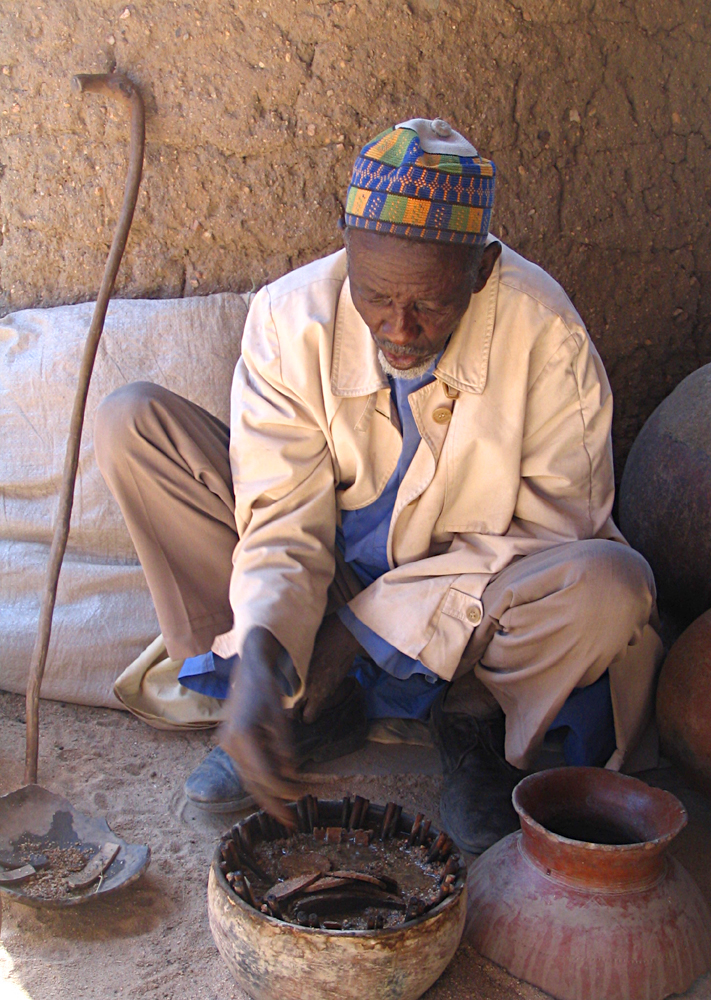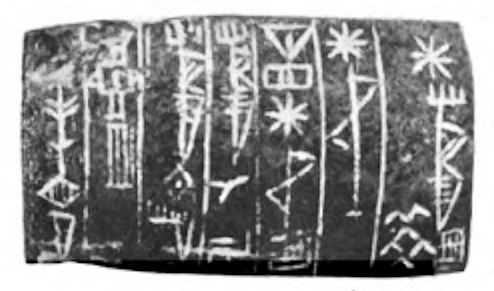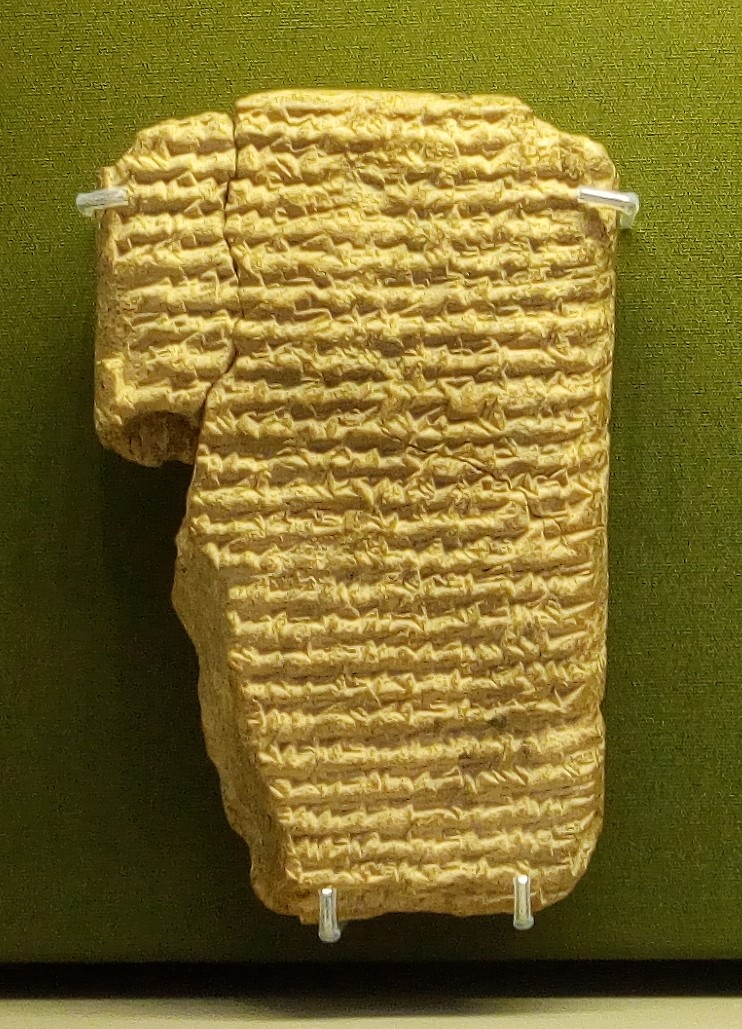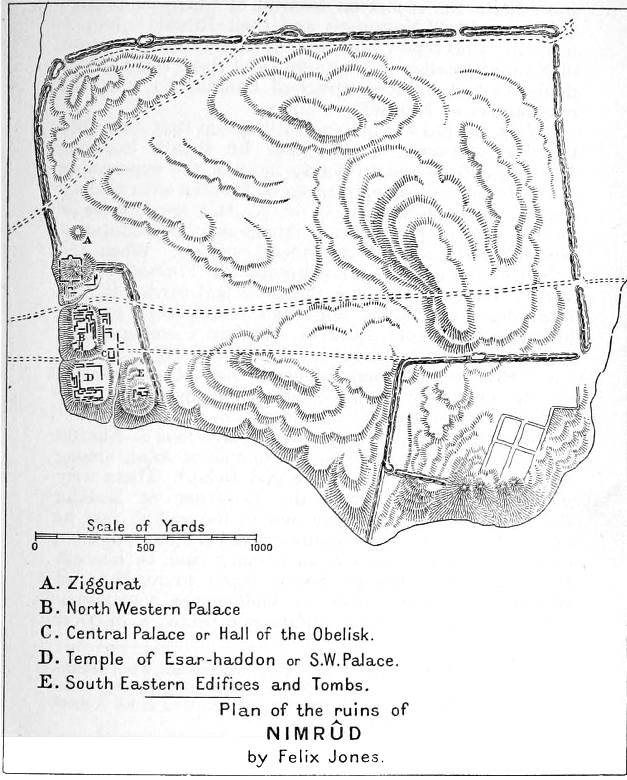|
Oneiromancy
Oneiromancy () is a form of divination based upon dreams, and also uses dreams to predict the future. Oneirogen plants may also be used to produce or enhance dream-like states of consciousness. Occasionally, the dreamer feels as if they are transported to another time or place, and this is offered as evidence they are in fact providing divine information upon their return. Oneirocritic literature Oneirocritic literature is the traditional (ancient and medieval) literary format of dream interpretation. Ancient oneirocritic literature Mesopotamia The ancient Sumerians in Mesopotamia have left evidence of dream interpretation dating back to at least 3100 BC.Seligman, K. (1948), ''Magic, Supernaturalism and Religion''. New York: Random House Throughout Mesopotamian history, dreams were always held to be extremely important for divinationOppenheim, L.A. (1966). ''Mantic Dreams in the Ancient Near East'' in G. E. Von Grunebaum & R. Caillois (Eds.), ''The Dream and Human Societies'' ( ... [...More Info...] [...Related Items...] OR: [Wikipedia] [Google] [Baidu] |
Iškar Zaqīqu
The Dream Book, iškar dZaqīqu (“core text of the god Zaqīqu”), is an eleven tablet compendium of oneiromancy written in Akkadian. Tablets two to nine form the manual of deductive divination, while tablets one, ten and eleven provide rituals to alleviate bad dreams. Zaqīqu, which means "spirit" or "ghost," is a name of the dream god. The text Dream interpretations first appear in texts from Mari, whether solicited by the incubation ritual or spontaneous. The iškar dZaqīqu is one of the few texts to have survived in fairly complete form from the library of Ashurbanipal, and is believed to have been copied from an old Babylonian original. Visions from dreams came in three types: messages from a deity, reflections of the dreamer’s state of mind or health, and prophetic dreams. The ''šā’ilu'' “questioner” or dream diviner could be a professional drawn from any of the disciplines of Mesopotamian scholarship, the ''ašipu'', “exorcist,” the ''bārû'', “div ... [...More Info...] [...Related Items...] OR: [Wikipedia] [Google] [Baidu] |
Divination
Divination () is the attempt to gain insight into a question or situation by way of an occultic ritual or practice. Using various methods throughout history, diviners ascertain their interpretations of how a should proceed by reading signs, events, or omens, or through alleged contact or interaction with supernatural agencies such as ghost, spirits, gods, god-like-beings or the "will of the universe". Divination can be seen as an attempt to organize what appears to be random so that it provides insight into a problem or issue at hand. Some instruments or practices of divination include Tarot card reading, Tarot-card reading, Runic magic, rune casting, Tasseography, tea-leaf reading, automatic writing, water scrying, and psychedelics like psilocybin mushrooms and DMT. If a distinction is made between divination and fortune-telling, divination has a more formal or ritualistic element and often contains a more social character, usually in a religion, religious context, as se ... [...More Info...] [...Related Items...] OR: [Wikipedia] [Google] [Baidu] |
Oneiros
In Greek mythology, dreams were sometimes personified as Oneiros () or Oneiroi (). In the ''Iliad'' of Homer, Zeus sends an Oneiros to appear to Agamemnon in a dream, while in Hesiod's ''Theogony'', the Oneiroi are the sons of Nyx (Night), and brothers of Hypnos (Sleep). Sources For the ancient Greeks, dreams were not generally personified. However, a few instances of the personification of dreams, some perhaps solely poetic, can be found in ancient Greek sources. In Homer's ''Iliad'', Zeus decides to send a "baleful dream" to Agamemnon, the commander of the Greek army during the Trojan War. An Oneiros is summoned by Zeus, and ordered to go to the camp of the Greeks at Troy and deliver a message from Zeus urging him to battle. The Oneiros goes quickly to Agamemnon's tent, and finding him asleep, stands above Agamemnon's head; taking the shape of Nestor, a trusted counselor to Agamemnon, the Oneiros speaks to Agamemnon, as Zeus had instructed him. The ''Odyssey'' locates a " ... [...More Info...] [...Related Items...] OR: [Wikipedia] [Google] [Baidu] |
Oracle
An oracle is a person or thing considered to provide insight, wise counsel or prophetic predictions, most notably including precognition of the future, inspired by deities. If done through occultic means, it is a form of divination. Description The word ''oracle'' comes from the Latin verb ''ōrāre'', "to speak" and properly refers to the priest or priestess uttering the prediction. In extended use, ''oracle'' may also refer to the ''site of the oracle'', and the oracular utterances themselves, are called ''khrēsmoí'' (χρησμοί) in Greek. Oracles were thought to be portals through which the gods spoke directly to people. In this sense, they were different from seers (''manteis'', μάντεις) who interpreted signs sent by the gods through bird signs, animal entrails, and other various methods.Flower, Michael Attyah. ''The Seer in Ancient Greece.'' Berkeley: University of California Press, 2008. The most important oracles of Greek antiquity were Pythia (priestes ... [...More Info...] [...Related Items...] OR: [Wikipedia] [Google] [Baidu] |
Papyrus
Papyrus ( ) is a material similar to thick paper that was used in ancient times as a writing surface. It was made from the pith of the papyrus plant, ''Cyperus papyrus'', a wetland sedge. ''Papyrus'' (plural: ''papyri'' or ''papyruses'') can also refer to a document written on sheets of such material, joined side by side and rolled up into a scroll, an early form of a book. Papyrus was first known to have been used in Egypt (at least as far back as the First Dynasty of Egypt, First Dynasty), as the papyrus plant was once abundant across the Nile Delta. It was also used History of the Mediterranean, throughout the Mediterranean region. Apart from writing material, ancient Egyptians employed papyrus in the construction of other Artifact (archaeology), artifacts, such as reed boats, mats, rope, sandals, and baskets. History Papyrus was first manufactured in Egypt as far back as the third millennium BCE.H. Idris Bell and T.C. Skeat, 1935"Papyrus and its uses"(British Museum pam ... [...More Info...] [...Related Items...] OR: [Wikipedia] [Google] [Baidu] |
Ancient Egypt
Ancient Egypt () was a cradle of civilization concentrated along the lower reaches of the Nile River in Northeast Africa. It emerged from prehistoric Egypt around 3150BC (according to conventional Egyptian chronology), when Upper and Lower Egypt were amalgamated by Menes, who is believed by the majority of List of Egyptologists, Egyptologists to have been the same person as Narmer. The history of ancient Egypt unfolded as a series of stable kingdoms interspersed by the "Periodization of ancient Egypt, Intermediate Periods" of relative instability. These stable kingdoms existed in one of three periods: the Old Kingdom of Egypt, Old Kingdom of the Early Bronze Age; the Middle Kingdom of Egypt, Middle Kingdom of the Middle Bronze Age; or the New Kingdom of Egypt, New Kingdom of the Late Bronze Age. The pinnacle of ancient Egyptian power was achieved during the New Kingdom, which extended its rule to much of Nubia and a considerable portion of the Levant. After this period, Egypt ... [...More Info...] [...Related Items...] OR: [Wikipedia] [Google] [Baidu] |
Prognosis
Prognosis ( Greek: πρόγνωσις "fore-knowing, foreseeing"; : prognoses) is a medical term for predicting the likelihood or expected development of a disease, including whether the signs and symptoms will improve or worsen (and how quickly) or remain stable over time; expectations of quality of life, such as the ability to carry out daily activities; the potential for complications and associated health issues; and the likelihood of survival (including life expectancy). A prognosis is made on the basis of the normal course of the diagnosed disease, the individual's physical and mental condition, the available treatments, and additional factors. A complete prognosis includes the expected duration, function, and description of the course of the disease, such as progressive decline, intermittent crisis, or sudden, unpredictable crisis. When applied to large statistical populations, prognostic estimates can be very accurate: for example the statement "45% of patients with sever ... [...More Info...] [...Related Items...] OR: [Wikipedia] [Google] [Baidu] |
Babylonia
Babylonia (; , ) was an Ancient history, ancient Akkadian language, Akkadian-speaking state and cultural area based in the city of Babylon in central-southern Mesopotamia (present-day Iraq and parts of Kuwait, Syria and Iran). It emerged as an Akkadian-populated but Amorites, Amorite-ruled state . During the reign of Hammurabi and afterwards, Babylonia was retrospectively called "the country of Akkad" ( in Akkadian), a deliberate archaism in reference to the previous glory of the Akkadian Empire. It was often involved in rivalry with the older ethno-linguistically related state of Assyria in the north of Mesopotamia and Elam to the east in Ancient Iran. Babylonia briefly became the major power in the region after Hammurabi (floruit, fl. –1752 BC middle chronology, or –1654 BC, short chronology timeline, short chronology) created a short-lived empire, succeeding the earlier Akkadian Empire, Third Dynasty of Ur, and Old Assyrian Empire. The Babylonian Empire rapidly fell apar ... [...More Info...] [...Related Items...] OR: [Wikipedia] [Google] [Baidu] |
Inanna
Inanna is the List of Mesopotamian deities, ancient Mesopotamian goddess of war, love, and fertility. She is also associated with political power, divine law, sensuality, and procreation. Originally worshipped in Sumer, she was known by the Akkadian Empire, Akkadians, Babylonian religion, Babylonians, and Assyrians as Ishtar. Her primary title is Queen of Heaven (antiquity), "the Queen of Heaven". She was the patron goddess of the Eanna temple at the city of Uruk, her early main religious center. In archaic Uruk, she was worshipped in three forms: morning Inanna (Inana-UD/hud), evening Inanna (Inanna sig), and princely Inanna (Inanna NUN), the former two reflecting the phases of her associated planet Venus. Her most prominent symbols include the Lion of Babylon, lion and the Star of Ishtar, eight-pointed star. Her husband is the god Dumuzid (later known as Tammuz), and her (attendant) is the goddess Ninshubur, later conflated with the male deities Ilabrat and Papsukkal. Inanna ... [...More Info...] [...Related Items...] OR: [Wikipedia] [Google] [Baidu] |
Ashurbanipal
Ashurbanipal (, meaning " Ashur is the creator of the heir")—or Osnappar ()—was the king of the Neo-Assyrian Empire from 669 BC to his death in 631. He is generally remembered as the last great king of Assyria. Ashurbanipal inherited the throne as the favored heir of his father Esarhaddon; his 38-year reign was among the longest of any Assyrian king. Though sometimes regarded as the apogee of ancient Assyria, his reign also marked the last time Assyrian armies waged war throughout the ancient Near East and the beginning of the end of Assyrian dominion over the region. Esarhaddon selected Ashurbanipal as heir 673. The selection of Ashurbanipal bypassed the elder son Shamash-shum-ukin. Perhaps in order to avoid future rivalry, Esarhaddon designated Shamash-shum-ukin as the heir to Babylonia. The two brothers jointly acceded to their respective thrones after Esarhaddon's death in 669, though Shamash-shum-ukin was relegated to being Ashurbanipal's closely monitored vassal. Mu ... [...More Info...] [...Related Items...] OR: [Wikipedia] [Google] [Baidu] |
Kalhu
Nimrud (; ) is an ancient Assyrian city (original Assyrian name Kalḫu, biblical name Calah) located in Iraq, south of the city of Mosul, and south of the village of Selamiyah (), in the Nineveh Plains in Upper Mesopotamia. It was a major Assyrian city between approximately 1350 BC and 610 BC. The city is located in a strategic position north of the point that the river Tigris meets its tributary the Great Zab.Brill's Encyclopedia of Islam 1913-36 p.923 The city covered an area of . The ruins of the city were found within of the modern-day Assyrian village of Noomanea in [...More Info...] [...Related Items...] OR: [Wikipedia] [Google] [Baidu] |






